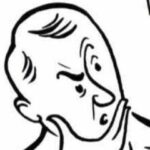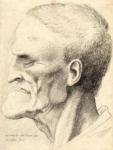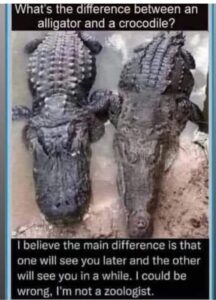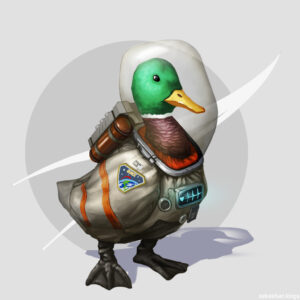“Warm Up, 4/1.”
Period 1 – Test #13, 6-10
Period 2 – Test #15, 6-10
Period 3 – Test #5, 11-15
Period 5 – Test #19, 6-10
Period 6 – Test #7, 13-17
“Vocab, 4/1.” exacting, prominent, dubious, plague, grave, lapse, auspicious, diverge, converge, intrepid





- _____
- _____
- _____
- _____
- _____
- She had a ____ in concentration, missed the point, and it cost her the match.
- Spacecraft have to be built to very _____ standards because there is no room for failure.
- The team had a(n) _____ start to the season with a 10-0 victory.
- I was very _____ about his crazy idea; I didn’t think it had a chance of working.
- The meeting fell apart when everyone’s ideas started to _____, and they all started talking about different things.
- His picture was _____(ly) featured on the front page of the paper.
- (2)_____ problems _____(ed) the project from the beginning and it was never finished.
- Draw a picture of two roads diverging and then converging.
Correct Yesterday’s BOB:
- Do the two annotations on p254. (4)
- Do the quiz on p255. (3)
- Do #1-3 on p256 (3)
Yesterday’s Launch of 4 Noobs into space! (@2:00)
“Seven Minutes of Terror” Letter OK. Collaborative within groups only. Write your Answers on p270, down the left margin. Title: “7 Minutes.”
- The video includes a print graphic that states: Mars’ atmosphere is 100 times thinner than Earth’s. This fact helps the viewer to understand that — a) the atmosphere is not thick enough to slow down the space vehicle b) the space vehicle will be able to easily penetrate the atmosphere c) the atmosphere could cause the space vehicle to explode upon entry d) the space vehicle is not affected by atmospheric conditions e) NOTA
- What makes Seven Minutes of Terror different from an informational text passage? a) Contrasting perspectives on the topic are shared. b) Scientists are quoted directly about a topic. c) Viewers get information using multiple senses. d) Engineering design challenges are explained precisely. e) NOTA
- Label the steps of the spacecraft’s landing in the order in which they happen in the video. The first step will be labeled 1, and the last step will be labeled 5.
___ The sky crane maneuver prevents a dust cloud from forming.
___ The parachute detaches to prepare for the next step.
___ The rocket motors turn on and blast the spacecraft away from the parachute.
___ The spacecraft slams into Mars’s atmosphere.
___ The parachute opens up to decrease the spacecraft’s speed.
- The purpose of this video is to — a) tell why a space vehicle traveled to another planet b) describe how engineers solved design challenges on a project c) persuade viewers to be interested in science and technology d) explain how difficult and terrifying space travel can be
- In the video, one of the scientists explains that successfully landing the space vehicle requires perfect sequence, perfect choreography, perfect timing. What is the meaning of the word choreography in this context? a) A series of known command b) A series of planned situations c) A series of landing attempts d) A series of rocket blasts
- What is the most likely reason that the creators of the video chose the title Seven Minutes of Terror? a) To warn viewers that the content of the video will be frightening b) To let viewers know how long the video will take to watch c) To give viewers a hint as to what the content of the video will be d) To trick viewers by using a play on words that sounds like a horror film
- (2) Which two statements from the video best support the answer to #6?
- a) So, when we first get word that we’ve touched the top of the atmosphere, the vehicle has been alive—or dead—on the surface for at least seven minutes.
- b) Because we’ve got literally seven minutes to get from the top of the atmosphere to the surface of Mars . . .
- c) We slam into the atmosphere and develop so much aerodynamic drag, our heat shield, it heats up and it glows like the surface of the sun. (01:36–01:44)
- d) During entry, the vehicle is not only slowing down, violently, through the atmosphere, but also we are guiding it, like an airplane, to be able to land in a very narrow, constrained space.
- e) The radar has to take just the right altitude and velocity measurements at just the right time, or the rest of the landing sequence won’t work.









